Butterflies’ Scale Nano-Structures Are So Powerful That They Don’t Fade From Ultraviolet Sun Rays
Categories: Animals | Beauty | Nature | Photo project
By Vika https://pictolic.com/article/butterflies-scale-nano-structures-are-so-powerful-that-they-dont-fade-from-ultraviolet-sun-rays.htmlThere are about 17,500 species of butterflies in the world. Each one has a different shape and enchantingly unique wing coloration, but how do they get it?
Scientists from the University of Sheffield and the Central Laser Facility probably have found the answer. Recently there was a new study published in Nature Communications revealing that actin, a protein in butterflies’ scales, is crucial for the arrangement of butterflies’ colorful wing structures.
More info: Nature Communications
6 PHOTOS
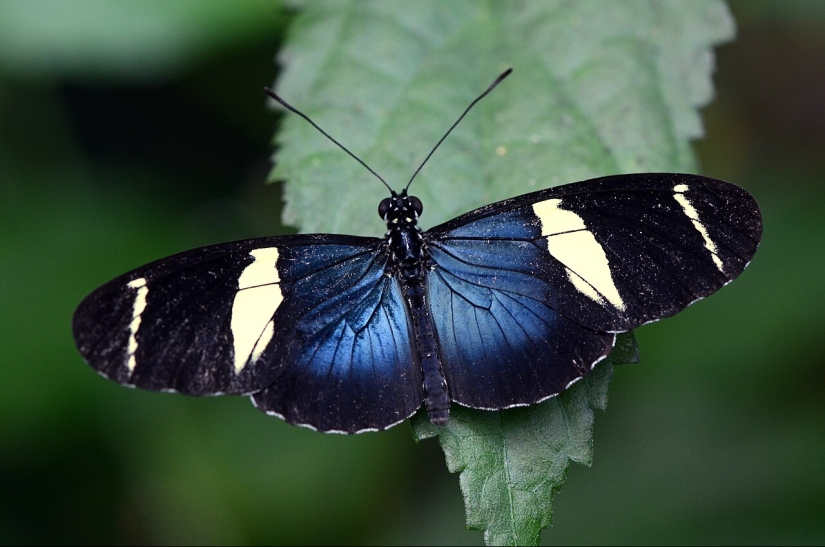
1. Scientists from the University of Sheffield and the Central Laser Facility have discovered that actin, a protein in butterflies’ scales, is crucial for the arrangement of colorful structures
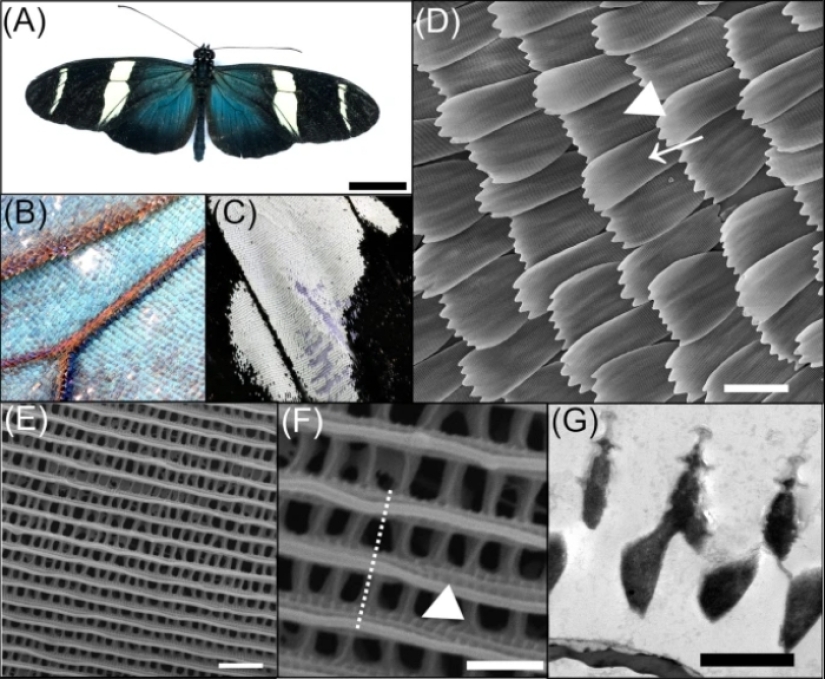
2. Image credits: Alias 0591
The scientists examined F-actin organization during wing scale development in the neotropical butterfly Heliconius sara
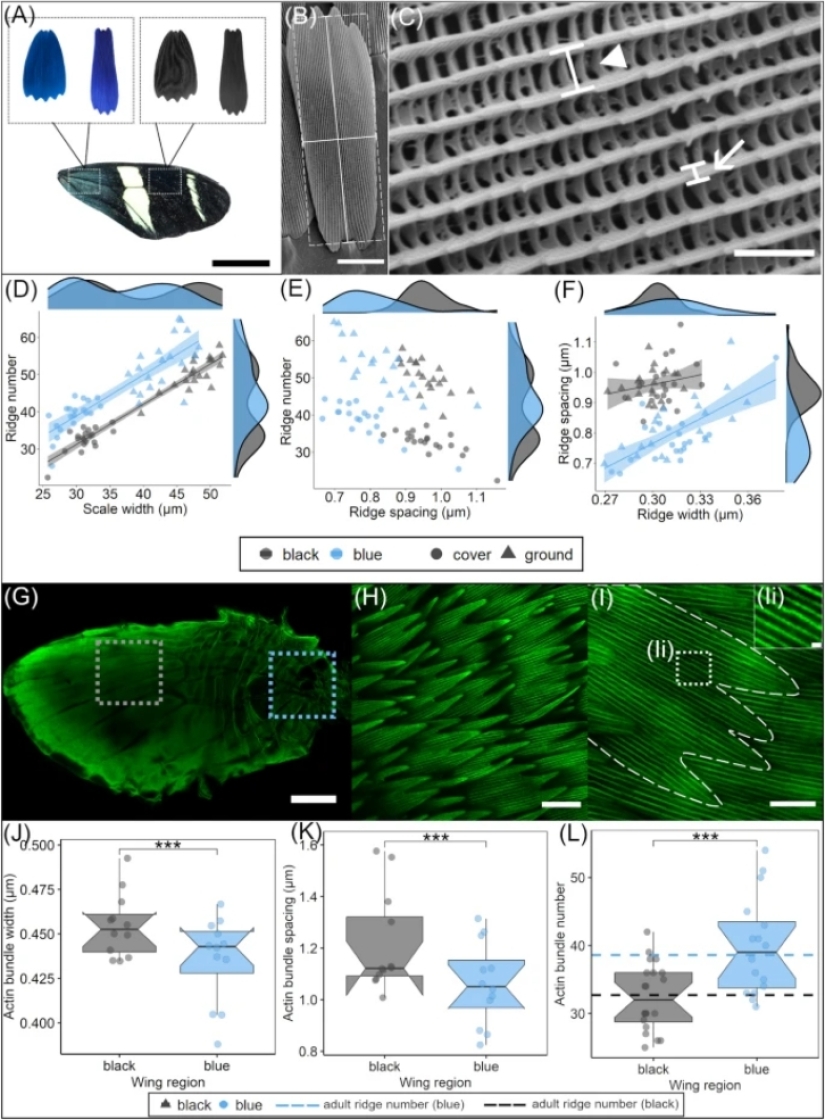
3. Image credits: Nature Communications
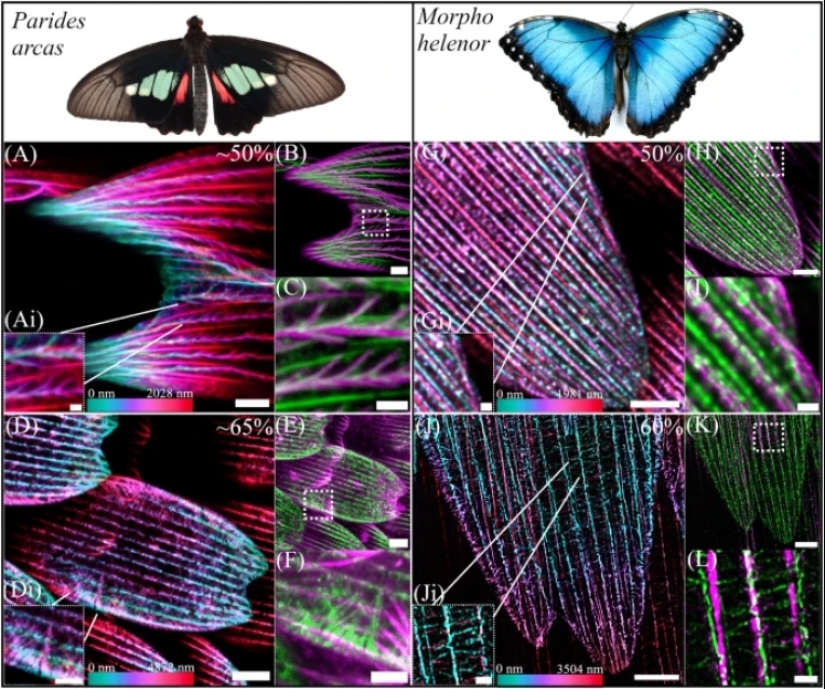
4.
Image credits: Nature Communications
Using powerful high-resolution microscopes, the researchers watched as actin shifted during scale growth and color formation, showing actin as crucial for creating a butterfly’s colors, and it is likely a universal process. Furthermore, actin disturbance experiments at later developmental stages resulted in near total loss of structural color.
“Actin is like a dressmaker, laying out and pinning the arrangement of these structures to shape the vibrant colors. Once the actin has finished its work, it departs the cell like the removal of pins in dressmaking,” explained Dr. Andrew Parnell, lead author of the study.
“Butterfly scale nanostructures are a powerful way in which to make long-lasting bright colors that don’t fade or become bleached by the ultraviolet rays of the sun. The museums of the world contain direct evidence of this,” he added.
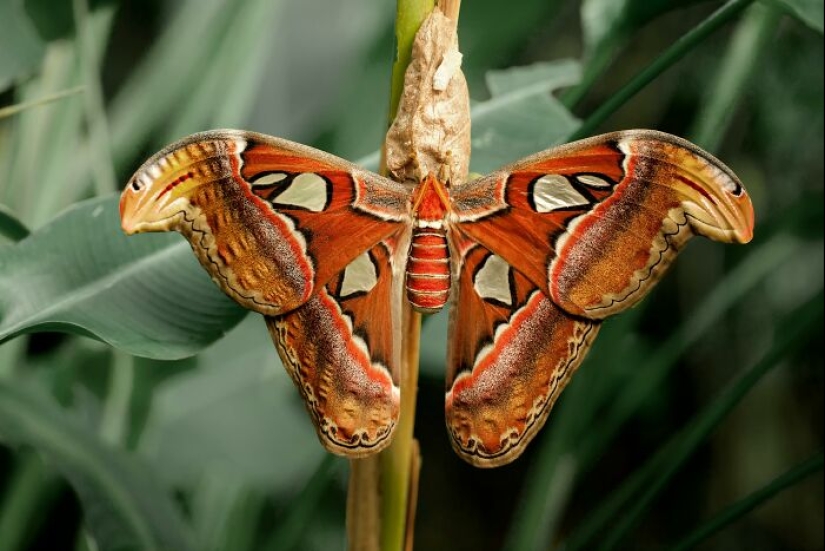
5. Researchers have observed that if the actin structures were dismantled or too drastically altered, the colors faded before the eye
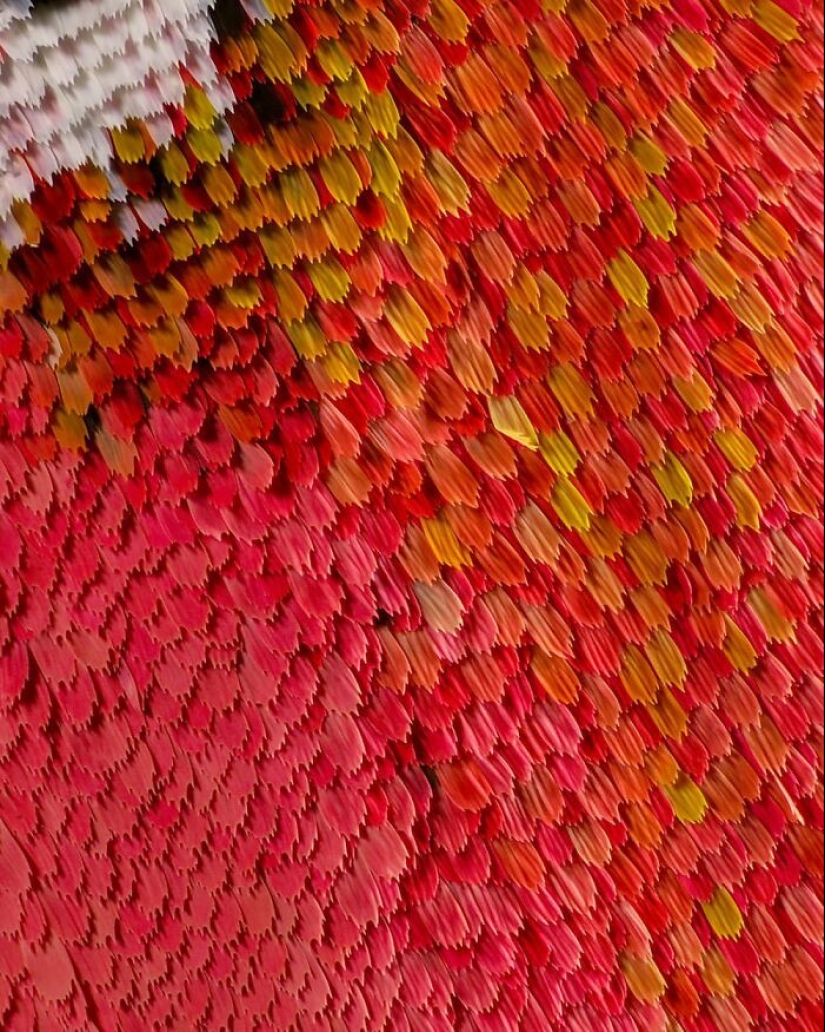
6. Image credits: John
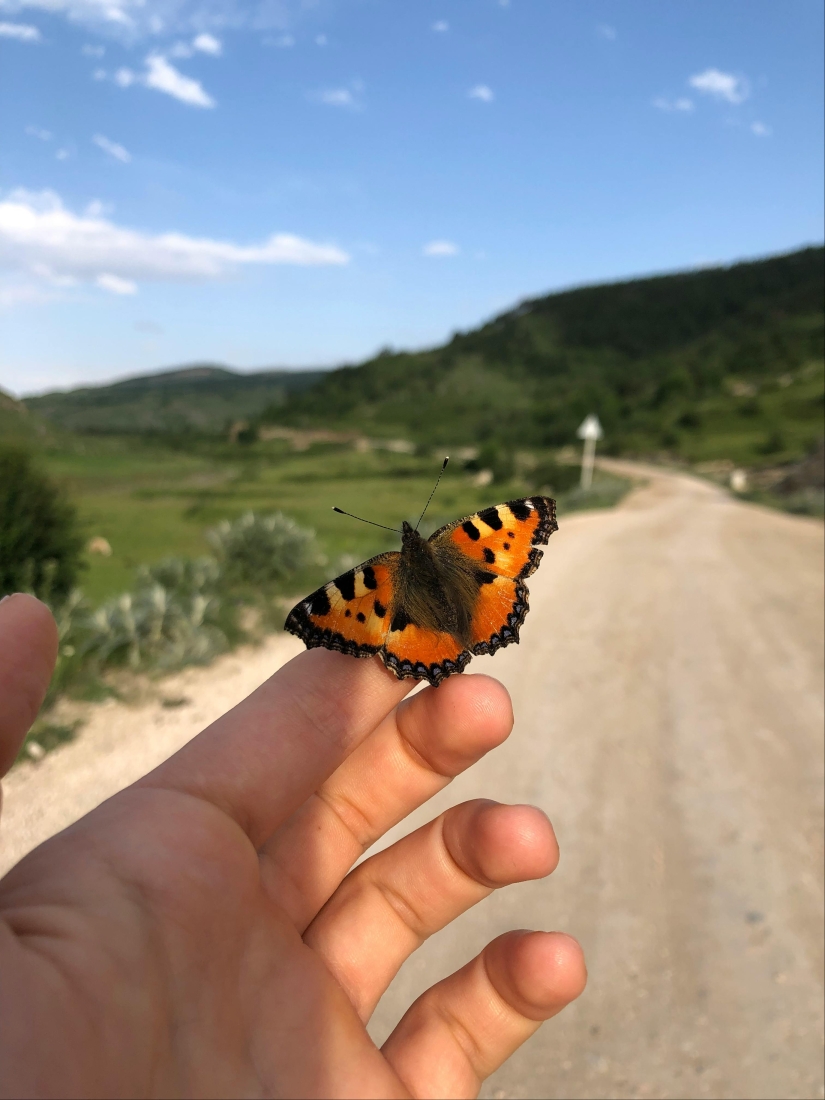
7. Image credits: Унайзат Юшаева
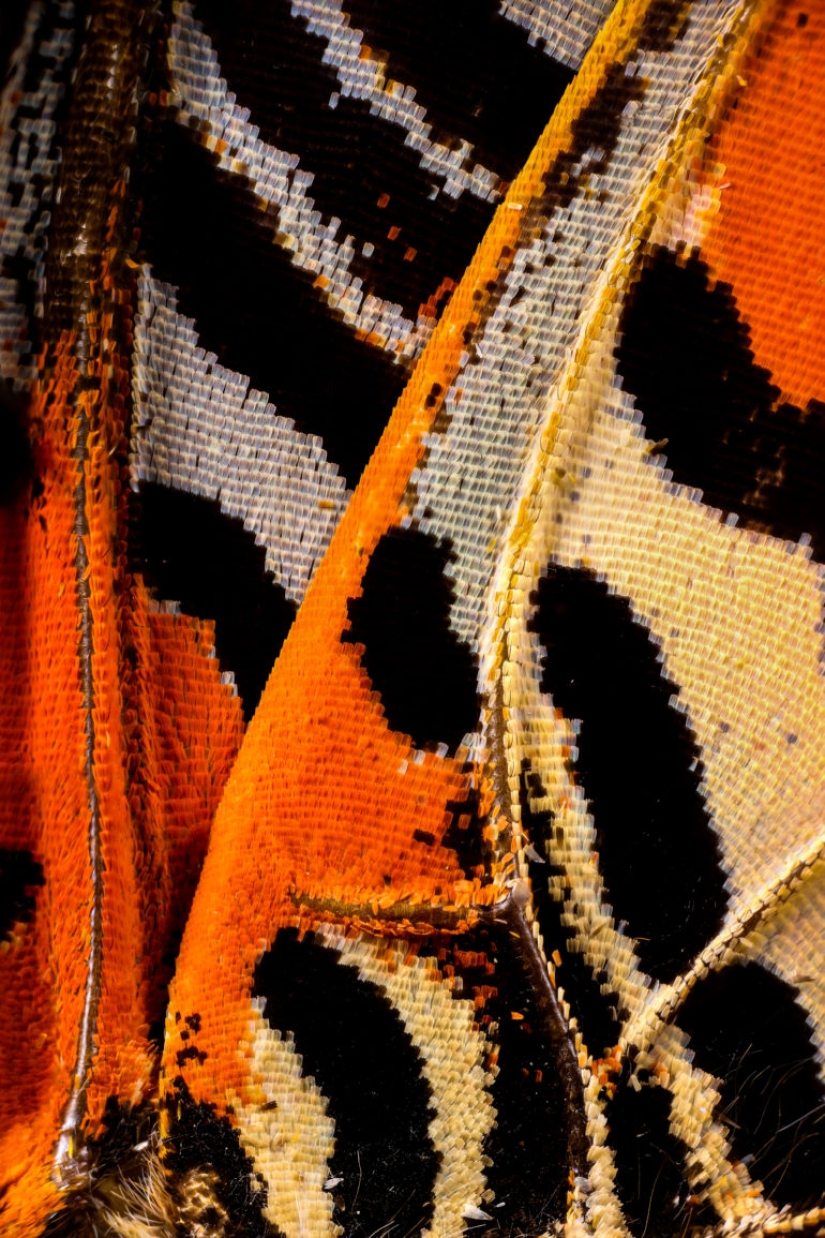
8.
Image credits: Christopher Perani
By studying the mechanisms behind butterfly wing coloration, researchers hope to gain insights into much broader areas of cell structure formation, which would include potential applications in sensing and diagnostics that could be crucial for a whole bunch of technologies including medicine. Replicating these actin structures would also offer rapid and responsive solutions outside traditional laboratory-based approaches.
“I find it fascinating that during metamorphosis, butterflies can produce these incredibly complicated structures that are so intricately patterned. Understanding how they do that and how it’s controlled by the machinery within the cell has given us new insights into how biological structures are formed more generally and how we might go about replicating those processes,” explained Dr. Nicola Nadeau, from the University of Sheffield’s School of Biosciences.
“As a microscopist, being part of this project has been incredibly exciting, we have visualized butterfly scales with an unprecedented level of detail. This research not only provides novel information on the tiny parts of these cells but also constitutes a tool for other scientists interested in studying similar structures in other organisms,” added Dr. Esther Garcia, from STFC Central Laser Facility.
Keywords: Butterflies | Nature | Beauty of nature | Ultraviolet sun rays | Species of butterflies | Wing coloration
Post News ArticleRecent articles

Some celebrities are very different from the industry for his shyness and gloom. Large fees, international fame, parties, social ...

Most American success stories are about how a person chose a goal and walked towards success despite obstacles. But there are also ...
Related articles

Is it possible to laying wood to name a form of art? Turns out you can. Because in the world there are such people, which gently ...

For a person likely to get struck by lightning in any one year is a chance to 300 thousand. And although 90 percent of people ...

Sandy beaches grey, brown or even white shade is quite usual for us. Even rocky beaches with sharp cliffs that attract the bravest ...

Genre painting, showing scenes from people's real lives, is one of the most difficult areas in the fine arts. It’s not enough ...